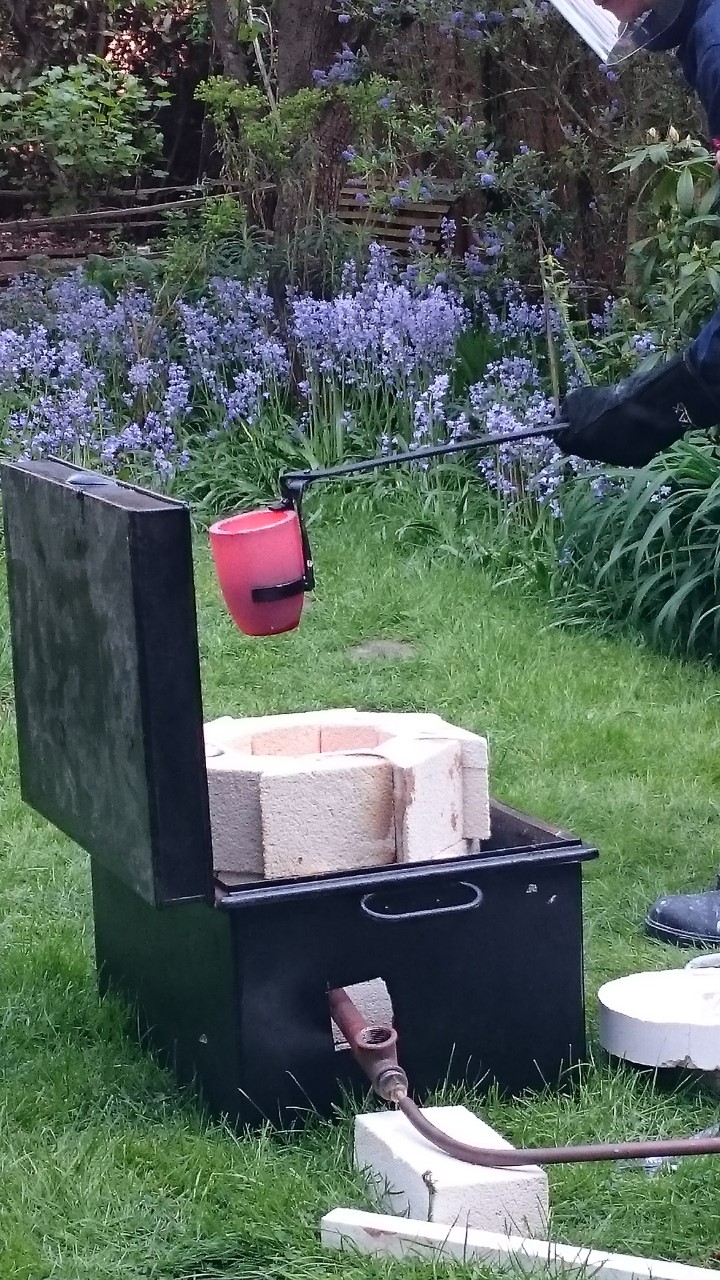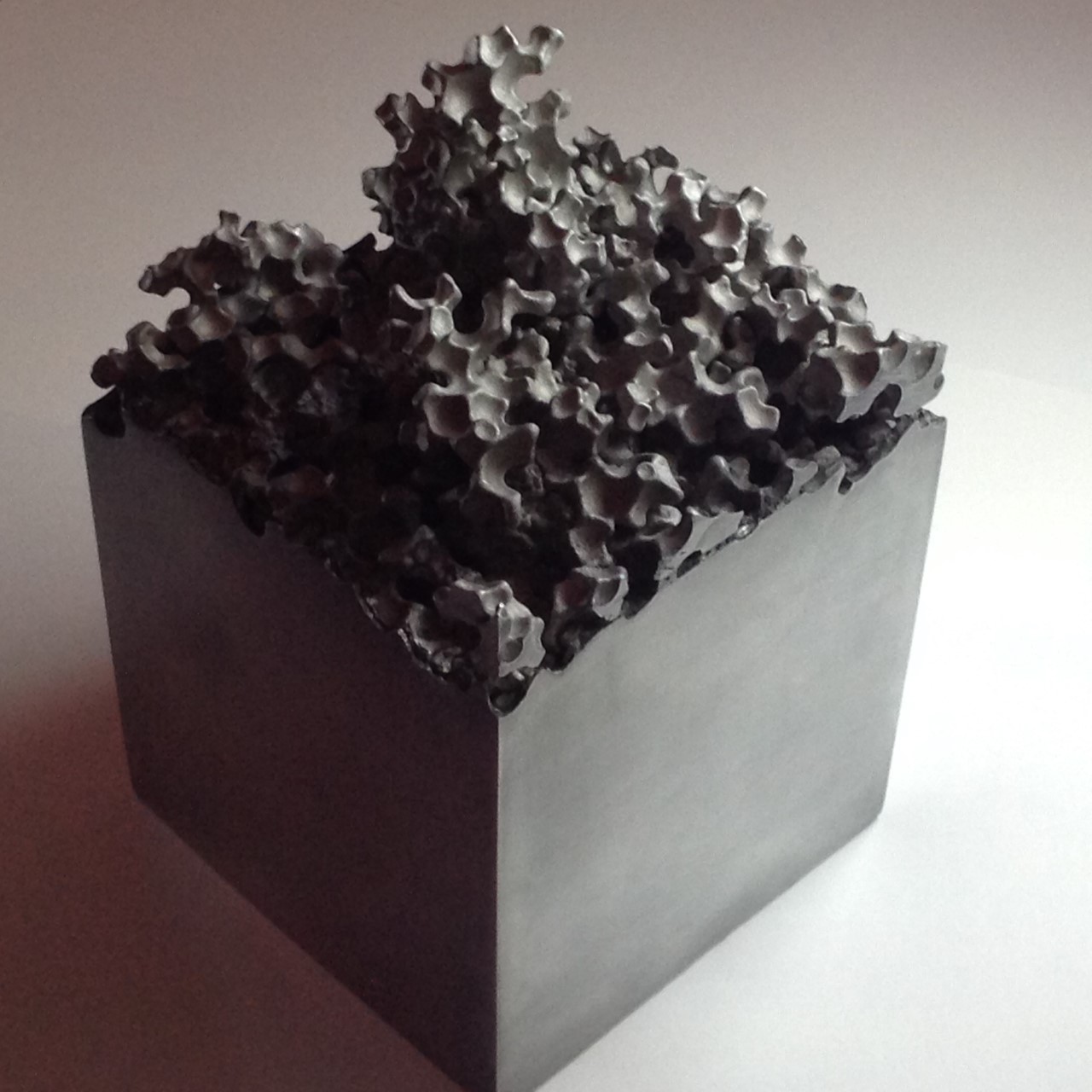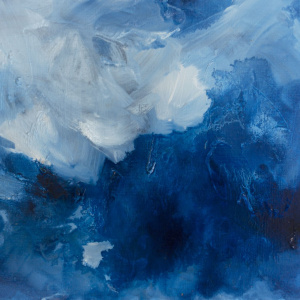David Dobson
Perocolation Pieces
Lockdown affected all of us in so many different ways. For me it was a time of extreme business, as we scrambled to mitigate the effects of no field teaching on geology students, combined with a paradoxical increase in free time as the commute dropped to zero and my normal leisure activities were no longer available.
Combined with the perfect weather window, this became a time to experiment further with casting aluminium into percolative networks to simulate processes occurring in the early Earth. My previous experiments had used salt crystals, so that I could dissolve the salt out afterwards to leave a porous aluminium structure, but I found the gaps between the crystals were too small to get much penetration of the aluminium. I needed something which would make a good open network, not react with the molten aluminium and be removable afterwards. Enter water beads – sixty-thousand of them. They absorb water and expand to about 95 times their original volume to fill a dustbin and after you extract the aluminium you can dry out the beads and they shrink and just fall out of the holes left behind. Perfect.
David Dobson
Slade Scientist-in-Residence

The piece shown below (Percolation Piece 6) contains 1 litre of aluminium and is on its way to the Romanian Academy of Astronomical Sciences for an exhibition about the formation of the Earth and Moon. It represents the current state of the core-mantle boundary (ask me about it another time).

